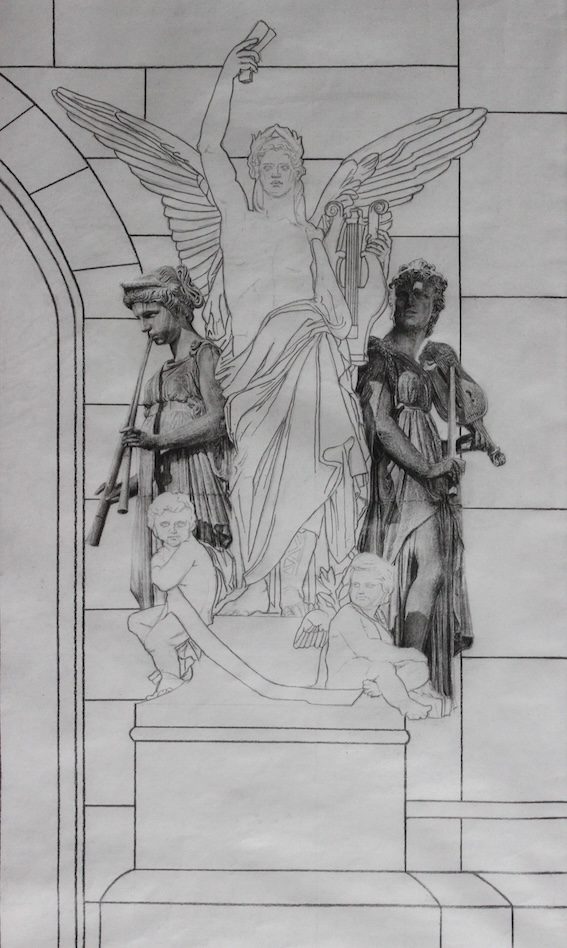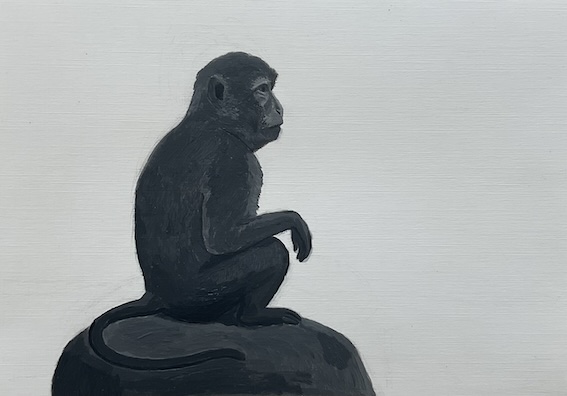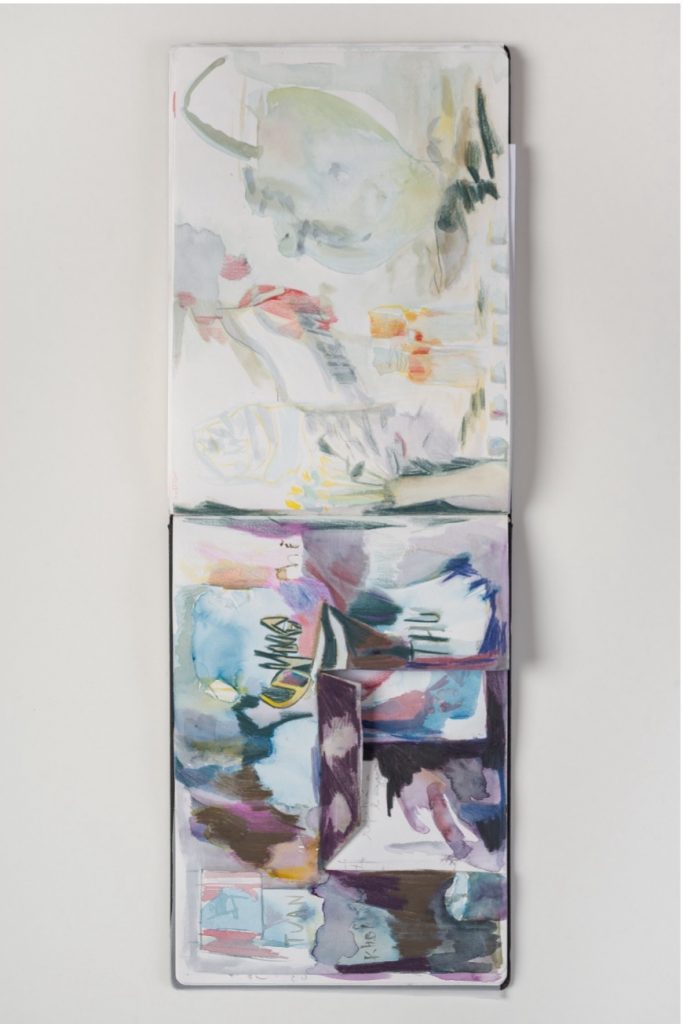DRN2025 Drawing Negation: Political Space
Online Event: Wednesday 18th June 2025
Tickets: https://buytickets.at/drawingresearchgroup/1720020



This panel, Chaired by Rachel Gadsden-Hayton, brings together artist-researchers exploring aspects of political space within the theme of drawing negation.
Presenters: (Please note the change in presenters)
Constança Arouca
Claire Anscomb
Cao Zhehao
This panel brings together artist-researchers exploring aspects of political space within the theme of drawing negation.
Constança Arouca has a practice as an artist and anthropologist, the focus in this proposal is on what Arouca calls ‘immersion drawings’ in anthropology’s field work.
In Arouca’s graphic journals, the records that make up the ‘immersion drawings’ are dense, bearing witness to and dealing with conditioning, impasses, waits and obstacles. These drawings are interspersed with brighter drawings of relationships, ideas and sensations. They are reflective drawings, but never solo. Arouca calls the former ‘patience drawings’, which are a ‘non-drawing’ in many ways, equivalent to the drawings that artists make between more productive bodies of work. In the drawing of patience, Arouca argues you can see that what matters is not the graphic result, but the way of living or resolving a particular moment of impasse. That said, it’s not a distracted drawing, like a doodle, but neither is it a drawing about the subject that brought me to the place. It’s a possible drawing, aware of the present moment, the place and the relationships.
The presentation will reflect on the importance of the immersion drawings in the overall fieldwork in Vietnam, between Hanoi, Dong Ho and Hue, between September 2022 and March 2023 and January 2024 and March 2024.
Claire Anscomb suggests that negation is a pervasive feature of public sculpture, which is rooted in acts of drawing and often fails to reflect the diversity of individuals that make up a society. Anscomb asks, how can further negation through new acts of drawing transform this situation? The proposed presentation will tackle this question by examining a series of drawings about sexist statuary on a Parisian opera house and a case where public sculpture of the first woman to receive a PhD, Elena Piscopia, has been denied.
By drawing in a mode termed “selective realism”, inspired by drawing in epistemically oriented practices, certain details are negated or gestured at with economic lines to direct visual attention and reveal the presupposition embedded in these sculptures that male chauvinism is permissible. To further compel viewers to become active, politically transformative agents who could play a role in countering this content, this series evolved into a phygital one, at the intersection of physical and digital, with a virtual statue of Piscopia created from graphite drawings, that viewers must choose where to locate.
It will be proposed that drawing is well placed to counter the oppressive speech acts that public sculpture may express.[1] As the monotone drawn and simplified digital surfaces of the virtual statue stand in stark contrast to the real environments in which it is placed, they spotlight the relative lack of corresponding physical pieces, but it will be argued that this also highlights the new possibilities for acts of drawing to reimagine our aesthetic and political landscapes.
Cao Zhehao’s research question “Cross-cultural Research of Liu Bai in drawing and hand-drawn animation practice in social and political contexts” explores the concept of Liu Bai as an aesthetic element in contemporary drawing and hand-drawn animation. This research adopts an interdisciplinary approach, combing drawing, animation studies, and political theory to investigate how Liu Bai transcends aspect of aesthetic and reflects social and political dynamics in different cultural backgrounds.
Liu Bai is a core element in Chinese painting, emphasising the expressive power of absence, or what is left unsaid. It influences viewers on how to perceive and fill in blank space. Zhehao will extend research on Liu Bai to include hand-drawn animation, time and movement will give a new field to this research. This research will examine how Liu Bai can be used to convey ideas of power, resistance and memory in different cultural contexts.
Through the case studies of Chen Shaoxiong, Sun Xun, and William Kentridge, this cross-cultural comparison will focus on exploring how they use blank space to criticise political ideologies, historical narratives and social realities. These artists created in different political environments, such as post-apartheid South Africa and contemporary China, using the absence in their works to provoke audience reflection. The theoretical framework of this research draws on the views of thinkers such as Ernst Gombrich, Jacques Ranciere, Wang Guowei, and Zong Baihua. Their ideas about aesthetics and politics will guide my analysis of the relationship between Liu Bai and politics.
Drawing Negation Recordings now available at: Emergence: https://blog.lboro.ac.uk/tracey/drn2025-drawing-negation-emergence-recording/
[1] Dixon, D. (2022), ‘Artistic (Counter) Speech’, The Journal of Aesthetics and Art Criticism, 80 (4): 409–419.
Biographies:
Constança Arounca graduated from the Advanced Course of Visual Arts, in 2004, and Individual Project in Moving Image, in 2005, both at Ar.Co, Lisbon. In 2006, participated in Calouste Gulbenkian Foundation’s Visual Arts Course. In 2009 and 2011, was an artist in residence at Amsterdams Grafisch Atelier. In 2016, graduated from Nova University’s Master Program of Anthropology – Visual Cultures. Since then, she has developed her art work in the fields of drawing, printmaking and moving image. In parallel she begun two lines of printmaking research: between 2016 and 2017, she systematized the inventory of Printmaking Matrices at the National Museum of Ancient Art, in Lisbon, and presented the result of her research: “The Case Study of Iohannes Moll’s Copper Plate” at the conference: Stones, Blocks and Plates: Matrices/ Printing Surfaces in Research and Collections, at the Courtauld Institute of Art, in London. Between 2017 and 2020 she completed the Study of the Vietnamese Prints and Posters from the Kwok On Collection, at the Orient Museum, in Lisbon.
Claire Anscomb is a philosopher and artist. She was the 2021-22 British Society of Aesthetics Postdoctoral Fellow in the Philosophy Department at the University of Liverpool. Since September 2022, she has been a Lecturer in Fine Art at De Montfort University.
www.claireanscomb.com
Cao Zhehao is an artist and hand-drawn animation maker. Zhehao is currently undertaking PhD research at University for the Creative Arts, London.
https://http336776750.wordpress.com/
Drawing Negation Recordings now available at:
Emergence: https://blog.lboro.ac.uk/tracey/drn2025-drawing-negation-emergence-recording/
DRAWING RESEARCH NETWORK
hosted by TRACEY at Loughborough University